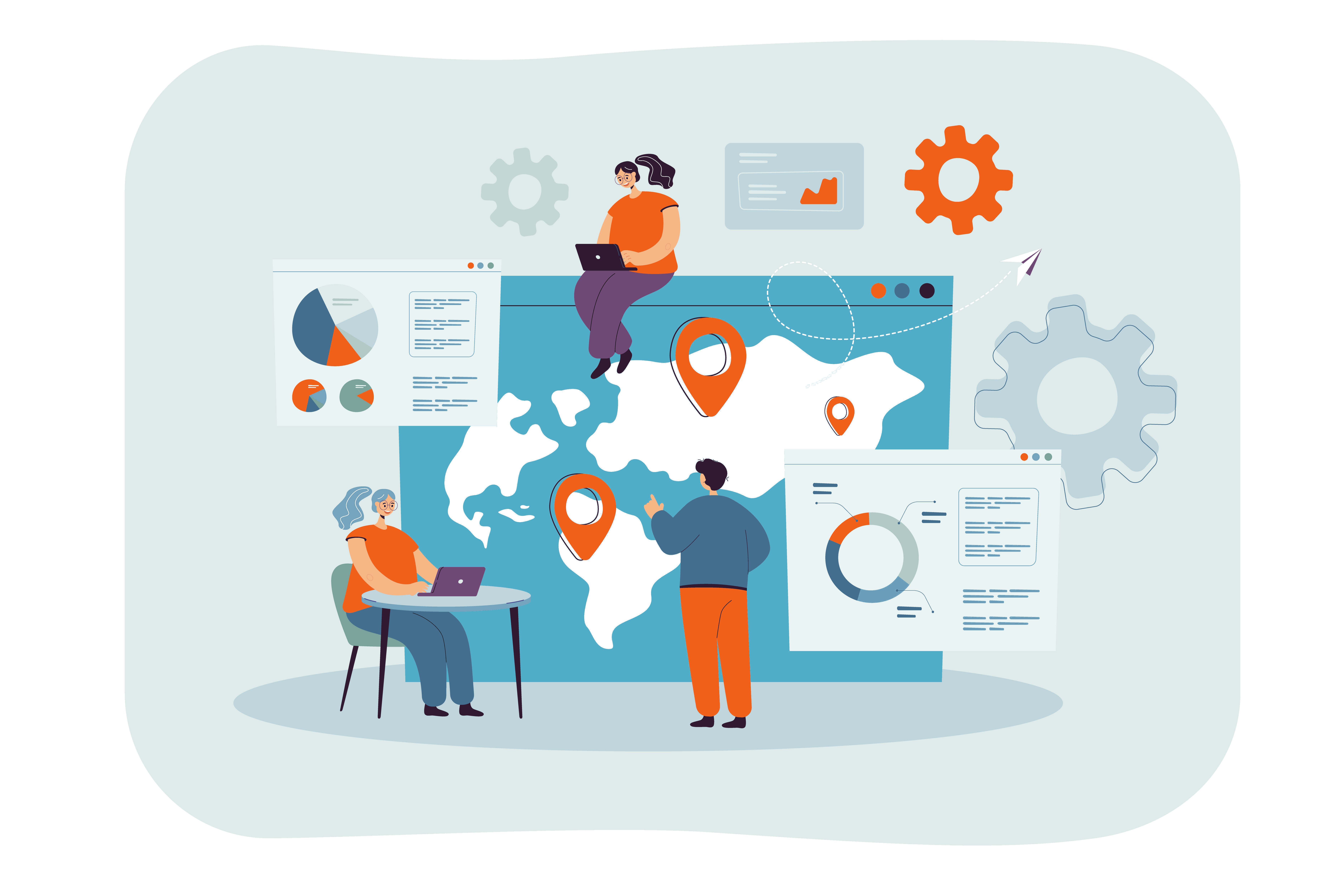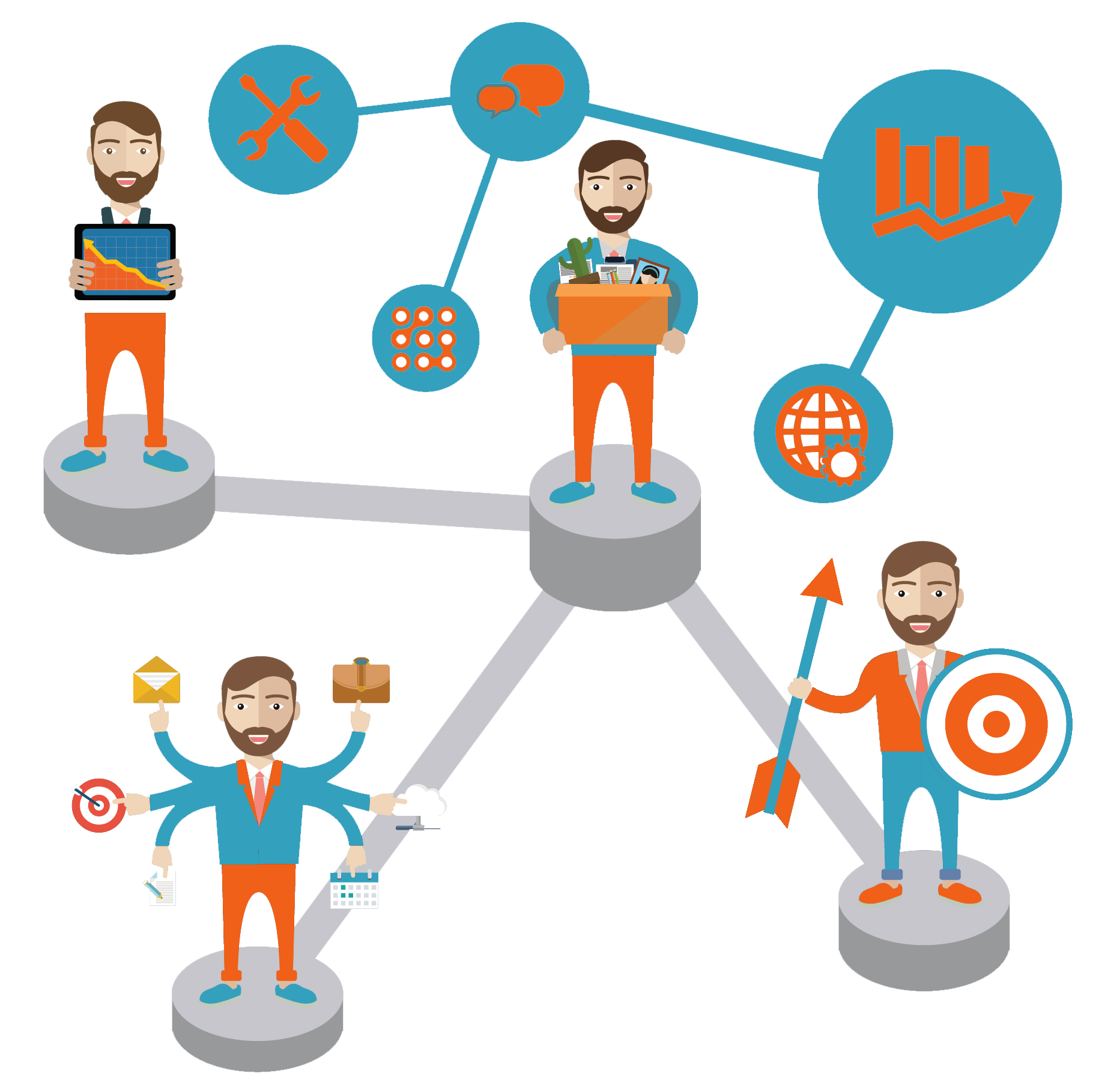
Map business and IT services for alignment and efficiency
As an IT operations professional, you understand the importance of delivering high-quality IT services that support the business objectives of your organization. One key aspect of achieving this goal is understanding the relationship between business services and IT services. In this blog post, we will explore the process of mapping business services to IT services, why it is important, and how to do it effectively.
What is Service Mapping?
 Service mapping is the process of identifying and documenting the relationship between business services and the IT services that support them. It involves identifying the business services that the organization provides, the IT services that support them, and the dependencies between them. This information is then used to create a service map that visualizes the relationship between the business and IT services.
Service mapping is the process of identifying and documenting the relationship between business services and the IT services that support them. It involves identifying the business services that the organization provides, the IT services that support them, and the dependencies between them. This information is then used to create a service map that visualizes the relationship between the business and IT services.
Why is Service Mapping Important?
Service mapping is important for several reasons. First, it helps to ensure that IT services are aligned with the organization's business objectives. By understanding the relationship between business services and IT services, you can ensure that IT services are meeting the needs of the business and delivering value.
Second, service mapping helps to improve communication and collaboration between IT and the business. By clearly defining the IT services and the business services they support, you can ensure that everyone is on the same page and working towards the same goals.
the IT services and the business services they support, you can ensure that everyone is on the same page and working towards the same goals.
Third, service mapping helps to improve the efficiency and effectiveness of IT operations. By understanding the dependencies between IT services, you can identify areas where resources are being used inefficiently and make changes to improve service delivery.
How to Map Business Services to IT Services:
The process of mapping business services to IT services can be broken down into several steps:
- Identify business services: The first step is to identify the business services that your organization provides. This may involve interviewing business stakeholders, reviewing business processes, and analyzing customer feedback.
- Identify IT services: The next step is to identify the IT services that support the business services. This may involve reviewing IT systems, infrastructure, Databases, Applications and Monitoring tools.
- Map the relationship: Create a diagram or table that shows the IT services that support each business service, and include information on how the IT services support the business services, such as the data or processes that are used.
- Identify areas for improvement: Mapping the relationship between business and IT services can also help identify areas where improvements can be made. For example, if an IT service is not providing the level of support that it needs for a business service, the team can work to improve the service or implement new ones to better support the business.
- Automate the mapping process: Using tools and software that can automatically map the relationship between business and IT services can save time and ensure that the mapping is accurate and up-to-date.
- Regularly review and update: As business needs change, the relationship between business and IT services will also change. By regularly reviewing and updating the mapping, teams can ensure that the IT services are meeting the needs of the business and make adjustments as needed.

Example of mapping Business Service to IT Service for Retails Industry:
Here is an example of how this process can be done for the retail industry:
Business Service: Point of Sale (POS) System IT Services:
- Installation, Configuration and Maintenance of POS Software.
- Hardware Support for POS System.
- Network Infrastructure Management for POS System.
- Data Backup and Recovery for POS System.
- End-User Support for POS System.
Business Service: Online Store Management IT Services:
- Website Development and Maintenance.
- Website Hosting and Infrastructure Management
- E-commerce Platform Management
- Order Management System Management
- Payment Gateway Integration and Management
- Security and Compliance Management

Business Service: Inventory Management IT Services:
- Inventory Tracking and Management Software
- Hardware Support for Inventory Management System
- Integration of Inventory Management System with POS System and Online Store
- Data Analytics and Reporting for Inventory Management System
- End-User Support for Inventory Management System
These are just a few examples of how business services in the retail industry can be mapped to specific IT services. By mapping business services to IT services, retailers can better understand how their IT infrastructure supports their business goals and identify areas for improvement.
Conclusion:
By mapping business services to IT services, organizations can gain a better understanding of how IT supports business objectives, which  can inform decisions around IT investments, resource allocation, and service delivery. With a clear and accurate mapping of business services to IT
services, organizations can improve
service quality, increase efficiency, and reduce risk. It is important to note that business service to IT service mapping is an ongoing process that requires regular review and updates to ensure it continues to meet the evolving needs of the business.
can inform decisions around IT investments, resource allocation, and service delivery. With a clear and accurate mapping of business services to IT
services, organizations can improve
service quality, increase efficiency, and reduce risk. It is important to note that business service to IT service mapping is an ongoing process that requires regular review and updates to ensure it continues to meet the evolving needs of the business.
Are youprepared to handle critical events? Signup for free
If you intersted to follow our blogs : Subscribe
